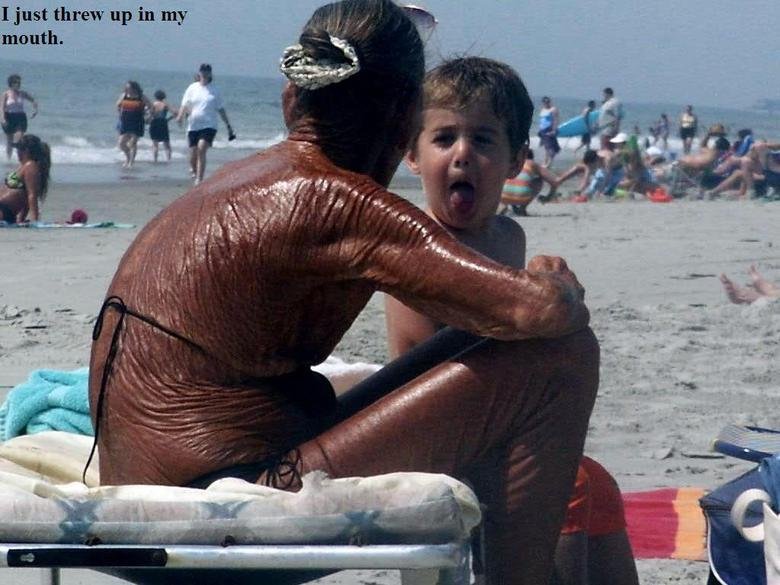

Resuscitation: Hypovolemia should be rapidly resuscitated with a combination of isotonic replacement crystalloids and synthetic colloids. Other causes usually result in metabolic acidosis depending upon the perfusion status of the animal. Vomiting associated with gastric outflow or upper duodenal obstruction (mechanical or physiologic) can cause hypochloremic metabolic alkalosis.

The systemic inflammatory response syndrome (SIRS) can be associated any cause of vomiting and/or diarrhea.The increase in capillary permeability can lead to third spacing of fluid and electrolytes into the intestinal tract. Large bowel diarrhea generally has a "pudding" consistency with mucous or fresh blood. Small intestinal diarrhea typically results in greater fluid, electrolyte, protein, and acid-base abnormalities than large intestinal diarrhea and is characterized by liquid projectile feces. The presence of blood indicates that the intestinal barrier is damaged and increased protein loss and bacterial translocation anticipated. viral or baterial agents) can cause diarrhea by any or all mechanisms listed above: osmotic due to cellular debris in the intestinal lumen secretory due to bacterial endotoxins or other pump inhibitors motility due to ileus and increased permeability. Any cause of GI mucosal erosions (eg severe shock, toxins, hyperthermia, foreign body) or blunting of GI epithelium (e.g. Bacterial endotoxins can inhibit the ion pumps in GI epithelium resulting in secretory diarrhea. There are four mechanisms of diarrhea that can occur in any combination: osmotic diarrhea secretory diarrhea increased intestinal permeability and abnormal gastrointestinal motility. The timing and force of vomiting can suggest the location : shortly after eating indicates gastric inflammation or obstruction large amounts of undigested food up to 6 hours post prandial suggests pyloric obstruction or gastric atony projectile vomiting indicates pyloric or upper duodenal outflow obstruction or ileus and non-productive vomiting or retching may indicate the presence of gastric dilatation-volvulus. Streaks of blood within the clear or yellow vomitus is from gastric irritation due to vomiting and is not indicative of specific pathology. This "hematemesis" suggests a serious underlying pathology. Blood in the vomitus from primary GI causes typically appears as red colored fluid or as "coffee grounds". green suggests undigested bile from the upper duodenum due to obstruction or ileus and brown fluid with a fetid odor is from the small intestines suggesting total obstruction or generalized ileus. yellow reflects refluxed digested bile from stomach. Clear vomitus is swallowed saliva from stomach. The color of the vomitus will locate the origin. Mechanisms of vomiting and site of antiemetic action. It is important to understand the mechanisms of vomiting center stimulation to identify the cause and best therapeutic approach (see Figure 1).įigure 1. Vomiting can be active with GI contractions or passive. Vomiting is a reflex expulsion of gastric contents.

The animal must be rapidly stabilized and causes requiring surgical correction rapidly investigated. Catastrophic problems related to vomiting can include: cardiac arrest (vasovagal reflex bradycardia), upper airway obstruction, aspiration pneumonia, profound hemorrhage, severe hypovolemic, distributive and/or septic shock, and ischemia of GI organs. The gastrointestinal (GI) signs can be caused by pathology initiated within the GI tract (primary) or caused by systremic problems (secondary).


 0 kommentar(er)
0 kommentar(er)
